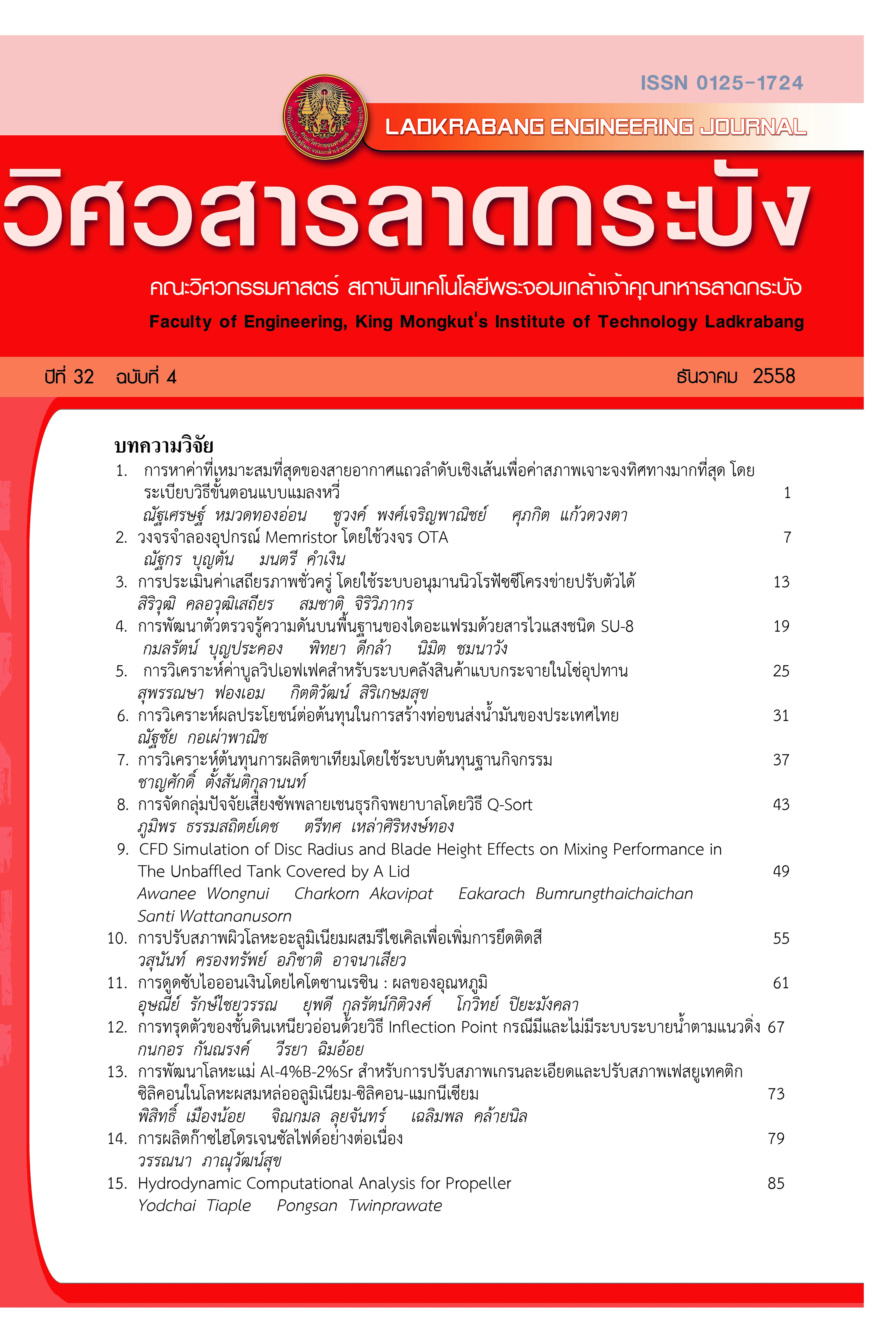Linear Array Antenna Optimization for Maximum Directivity Using FOA Method
Keywords:
Array Antenna,, Directivity,, Fruit Fly Optimization AlgorithmAbstract
In this research, the fruit fly optimization algorithm (FOA) is proposed to design linear array antenna in free space. To show the versatility of the present method, the objective of antenna design is to achieve maximum directivity for linear array antenna by controlling amplitude and spacing parameters of the array antenna. The result of the FOA is validated by comparing with results obtained using the genetic algorithm (GA). Finally, the FOA is efficient and accurate for electrically large problems of linear antenna arrays in free space.
References
[2] S. S. Rao, Engineering optimization, John Wiley and Son, New York, NY, USA, 3rd edition, 1996.
[3] T. J. Peters, “A conjugate gradient-based algorithm to minimize the sidelobe level of planar array with element failures,” IEEE Transactions on Antenna and Propagation, vol. 45, pp. 1497-1504, 1991.
[4] D. Marcano, and F. Duran, “Synthesis of antenna arrays using genetic algorithm,” IEEE Antennas and Propagation Magazine, vol. 42, pp. 12-20, 2000.
[5] O. P. Acharya, A. Patnaik, S. N. Sinha, “Null steering in failed antenna arrays,” Applied Computational Intelligence and Soft Computing, vol. 2011, pp. 1-9, 2011.
[6] W.-T Pan, “A new fruit fly optimization algorithm: taking the financial distress model as an example,” Knowledge-Based System, vol. 26, pp. 69-74, 2012.
[7] C. A. Balanis, Antenna Theory Analysis and Design, John Wiley and Son, New York, NY, USA, 2nd edition, 1997.
Downloads
Published
How to Cite
Issue
Section
License
The published articles are copyrighted by the School of Engineering, King Mongkut's Institute of Technology Ladkrabang.
The statements contained in each article in this academic journal are the personal opinions of each author and are not related to King Mongkut's Institute of Technology Ladkrabang and other faculty members in the institute.
Responsibility for all elements of each article belongs to each author; If there are any mistakes, each author is solely responsible for his own articles.






